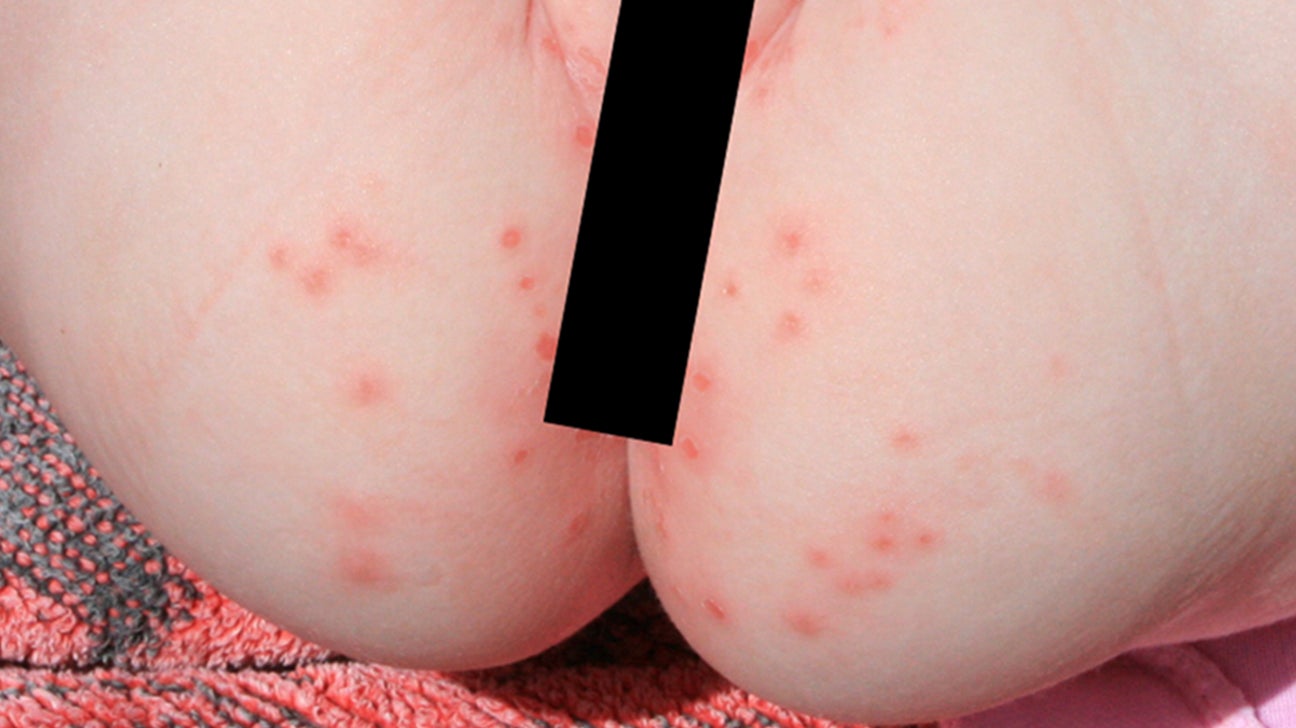
Baby Yeast Infection: A Comprehensive Guide for Parents
Introduction
Yeast infections are a common ailment that can affect both adults and children. In babies, yeast infections typically manifest as diaper rash, which can cause significant discomfort and irritation. Understanding the causes, symptoms, and treatment options for baby yeast infections is crucial for parents to ensure their child’s well-being.
Causes of Baby Yeast Infection
Yeast infections are caused by an overgrowth of a type of fungus called Candida. Candida is a naturally occurring organism that lives on the skin and in the digestive tract of most people. However, certain factors can disrupt the balance of Candida, leading to an infection.
In babies, the most common cause of yeast infection is the use of antibiotics. Antibiotics kill both harmful and beneficial bacteria, which can allow Candida to overgrow. Other factors that can contribute to baby yeast infection include:
- Diaper rash: Prolonged exposure to wet or dirty diapers can create a warm, moist environment that promotes Candida growth.
- Poor hygiene: Not changing diapers frequently enough or not cleaning the diaper area properly can increase the risk of infection.
- Weak immune system: Babies with weakened immune systems are more susceptible to yeast infections.
- Certain medical conditions: Some medical conditions, such as diabetes, can increase the risk of yeast infections.
Symptoms of Baby Yeast Infection
The most common symptom of baby yeast infection is diaper rash. The rash typically appears as red, raised patches on the baby’s buttocks, thighs, and genital area. Other symptoms may include:
- Itching and burning: The rash can cause intense itching and burning, which can make the baby uncomfortable and irritable.
- Satellite lesions: Small, red bumps may appear around the main rash.
- Scaly skin: The rash may become scaly and dry.
- Pus-filled blisters: In severe cases, the rash may develop pus-filled blisters.
Diagnosis of Baby Yeast Infection
Diagnosing a baby yeast infection typically involves a physical examination by a healthcare provider. The provider will examine the baby’s diaper area and look for the characteristic symptoms of yeast infection. In some cases, the provider may order a culture test to confirm the diagnosis.
Treatment of Baby Yeast Infection
Treatment for baby yeast infection typically involves the use of antifungal medications. These medications can be applied topically to the affected area or given orally. Common antifungal medications used for baby yeast infection include:
- Nystatin: A topical antifungal cream or ointment
- Clotrimazole: A topical antifungal cream or ointment
- Fluconazole: An oral antifungal medication
The length of treatment will vary depending on the severity of the infection. It is important to follow the healthcare provider’s instructions carefully and complete the full course of treatment to prevent the infection from recurring.
Prevention of Baby Yeast Infection
Preventing baby yeast infection is not always possible, but there are certain measures parents can take to reduce the risk:
- Change diapers frequently: Change diapers as soon as they become wet or dirty.
- Clean the diaper area properly: Use warm water and a mild soap to clean the baby’s diaper area at each diaper change.
- Avoid using harsh soaps or wipes: Harsh soaps and wipes can irritate the baby’s skin and make it more susceptible to infection.
- Use a barrier cream: Apply a barrier cream, such as petroleum jelly, to the baby’s diaper area to protect the skin from moisture.
- Avoid using antibiotics unnecessarily: Antibiotics should only be used when necessary to treat bacterial infections.
- Strengthen the baby’s immune system: Breastfeeding and providing a healthy diet can help strengthen the baby’s immune system and reduce the risk of infection.
Complications of Baby Yeast Infection
In most cases, baby yeast infection is a minor ailment that can be easily treated. However, if left untreated, the infection can spread to other parts of the body, such as the mouth or bloodstream. In severe cases, yeast infection can lead to sepsis, a life-threatening condition.
When to Seek Medical Attention
Parents should seek medical attention if their baby develops a diaper rash that does not improve with home treatment, or if the rash is accompanied by any of the following symptoms:
- Fever
- Pus-filled blisters
- Spread of the rash to other parts of the body
- Difficulty breathing
- Lethargy
Conclusion
Baby yeast infection is a common ailment that can cause significant discomfort and irritation. Understanding the causes, symptoms, and treatment options for baby yeast infection is crucial for parents to ensure their child’s well-being. By following preventive measures and seeking medical attention when necessary, parents can help prevent and effectively treat baby yeast infection.
